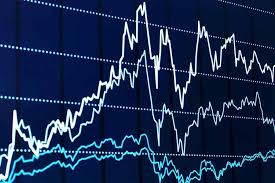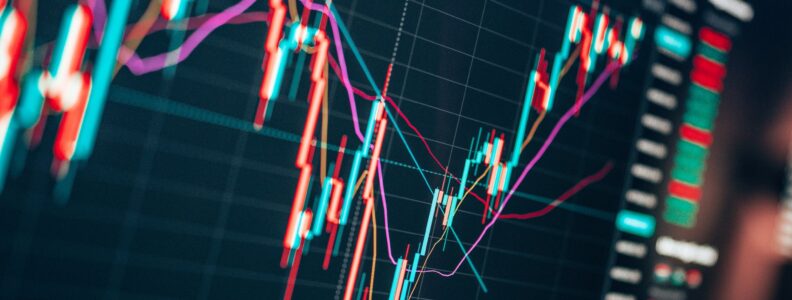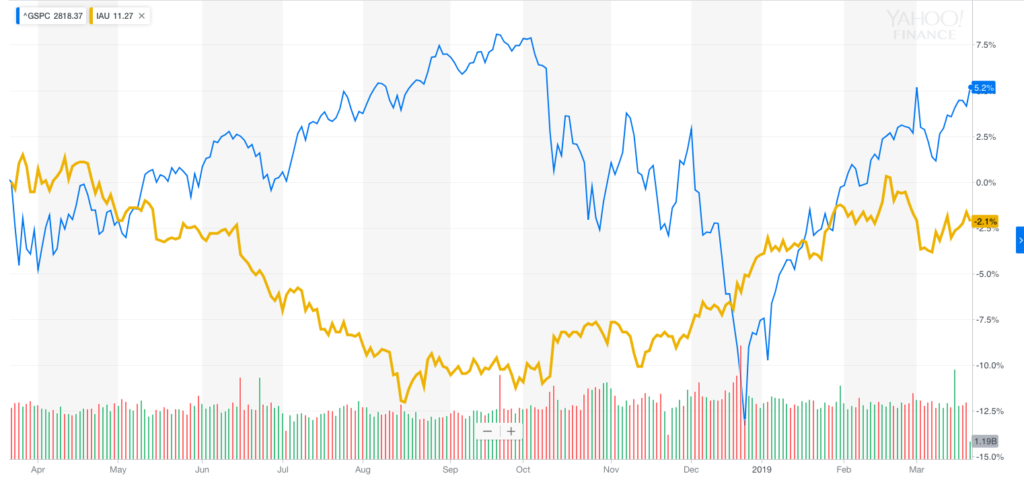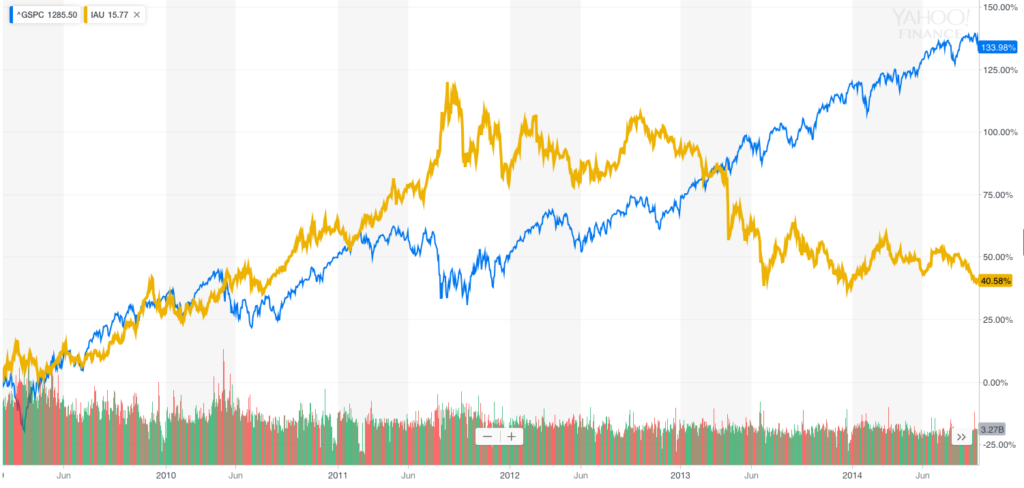April 7, 2025
To Our Valued Clients and Friends,
Given the market and policy events of last week and the last few months leading up to it, we wanted to reach out and address some of what has transpired over that time.
When President Trump was on the campaign trail he advocated for protectionist trade policies, promising to impose tariffs to protect American jobs and industries. His argument is that such measures are necessary to address unfair trade practices and reduce trade deficits. Fast forward to April 2nd and Trump implemented sweeping tariffs across the board. Actual tariffs announced were higher than most predicted and with the “retaliatory” portion the tariffs being based on a formula that considers a country’s past trade deficit with the U.S. as a tariff against us. These measures have led to market volatility and fears of a potential recession which triggered substantial declines in global stock markets.
In his annual letter to shareholders, JPMorgan Chase CEO Jamie Dimon expressed concern over the tariffs, stating they could raise prices, increase inflation on imported and domestic goods, and slow economic growth. He emphasized the potential for retaliation by other countries and negative impacts on corporate profits and the dollar. Dimon also highlighted broader economic risks, including geopolitical tensions and rising interest rates, all of this has clearly created massive uncertainty in the markets.
So, what does this mean? First, the markets love certainty. Businesses are great at analyzing situations and planning ways to prosper. What business and Wall Street analysts dislike is uncertainty and lack of predictability. When environments are changing quickly and temporarily, it is hard to make plans. With these tariffs and administration, the uncertainty around policy, the Fed and global trade among other things, uncertainty is close to the highest levels we have seen in our careers. This is why we have seen global stock markets fluctuate like we have over the last 5 days. If the full tariffs remain in place as presented last week, we feel there will most likely be an economic slowdown not just in the US, but globally. However, as every country adjusts to this, things will settle over time, and we feel this volatility and impact should not be long term. We also feel that President Trump will ultimately make some decisions that impact the mid-term elections and if the policies of last week have longer-term negative impacts, he could change course to positively impact those elections.
Second, given all this, perspective is still important. While the market is down roughly 10% over the last week, and now down almost 15% year to date, over the last 12 months the market is down only 3.5% and over the last 2 years has a positive rate of return of roughly 9% per year. Rewind just a few years ago and in July of 2023 the market fell almost 11% over a few weeks as Russia invaded Ukraine. What was a major event at the time (and still is) caused major market moves, but in context almost 2 years later that market move is almost imperceptible in a chart. We don’t point this out to distract from the reality of the volatility this past week and the real impacts these tariffs could have, but to look at a time horizon of longer than 5 days is important. We have been in a great market since Covid, and the valuations are at the high end of historical averages. This correction is harsher because stocks are priced to anticipate a near-perfect future environment. A global trade war was not priced into the picture.
Third, we will continue to make adjustments in portfolios based on strategic opportunity, but with the current rapidly changing environment it is often unwise to make knee jerk type reactions to the policy of the week. We have always built portfolios for the long term and have allocations to investments that can weather storms like this. Market fluctuations do provide some opportunities. We have made adjustments to bond portfolios as well as this dip has given us some opportunities to buy some stocks we like at much better prices. It is a challenging environment, no question, but we feel we are well positioned in your accounts and we will weather this well.
As always should you have any questions about your investments or anything above, we would welcome your call!
Best Regards,
Bryan, Thane, Gary and the Cascade/CWC Team











